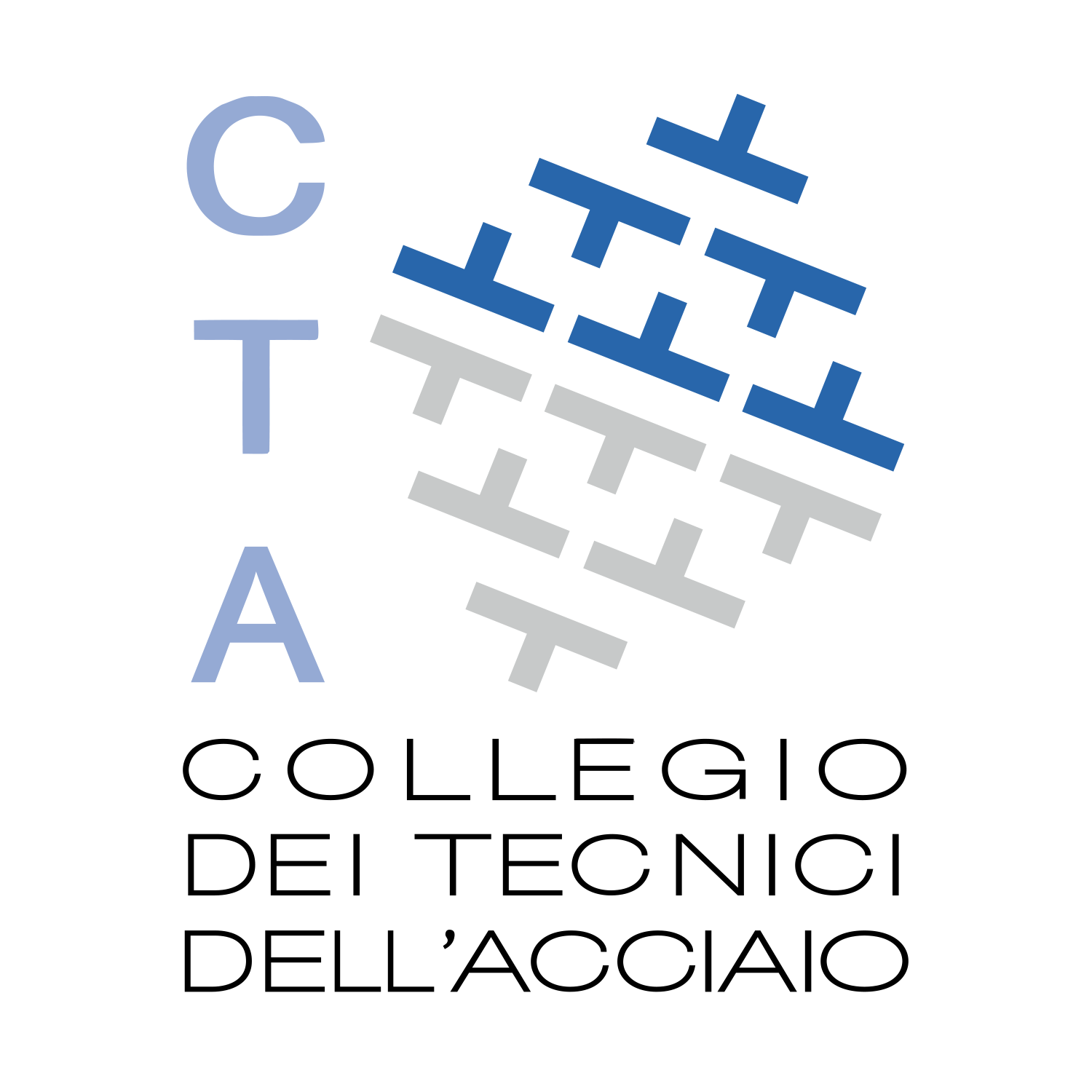Dennis RADEMACHER | ArcelorMittal Steligence Luxembourg
Riccardo ZANON | ArcelorMittal R&D Luxembourg
L’acciaio auto-passivante (detto impropriamente anche CORTEN) é ormai entrato nella prassi della costruzione metallica e permette, utilizzato in condizioni adeguate, di risolvere in maniera sostenibile, economica e definitiva il problema della corrosione atmosferica. La nuova edizione (2019) della norma europea di prodotto prevede un’estensione delle qualità disponibili, in particolare introducendo l’uso di acciaio alto-resistenziale (S460). Questo articolo ripercorre le novità principali introdotte nell’ultima versione.
 Introduction
Introduction
After its development in the 1920s originally for railway wagons, weathering steel has also been established worldwide for many decades for the use in bridge construction and other steel structures, as well as a facade material and for sculptures [1]. In Europe, eathering grades are present in the harmonised standard product EN 10025-5 [2]. In the meantime, there are many individual licensed brand names for weathering steel from the various steel manufacturers, such as CORTEN®, SSAB Weathering® [11], Arcorox®, Indaten® [9] or DIWETEN®[10]. Some of the available steels also differ slightly from the defined grades of EN 10025-5, in terms of chemical composition, mechanical properties or delivery condition.
Plates of weathering steel in grade S355 are available from stock in various thicknesses, while the newly introduced weathering steel in grade S460 is currently being produced to order. For long products, the industrial production of rolled sections in weathering grades began in Europe in the 1970s. Nowadays, most of the section range according to EN 10365 is available in S355W and S460W.
The principle of weathering steel is known from several months up to two-three years: thanks to its specific chemical composition, steel forms in the first period of weather exposure (estimated from some months up to two years) a natural, tightly adherent, protective oxide layer (patina), which under normal weather condition remains attached to the base material (figure 1).
Leggi l’articolo completo su Costruzioni Metalliche, n. 1/2022.

